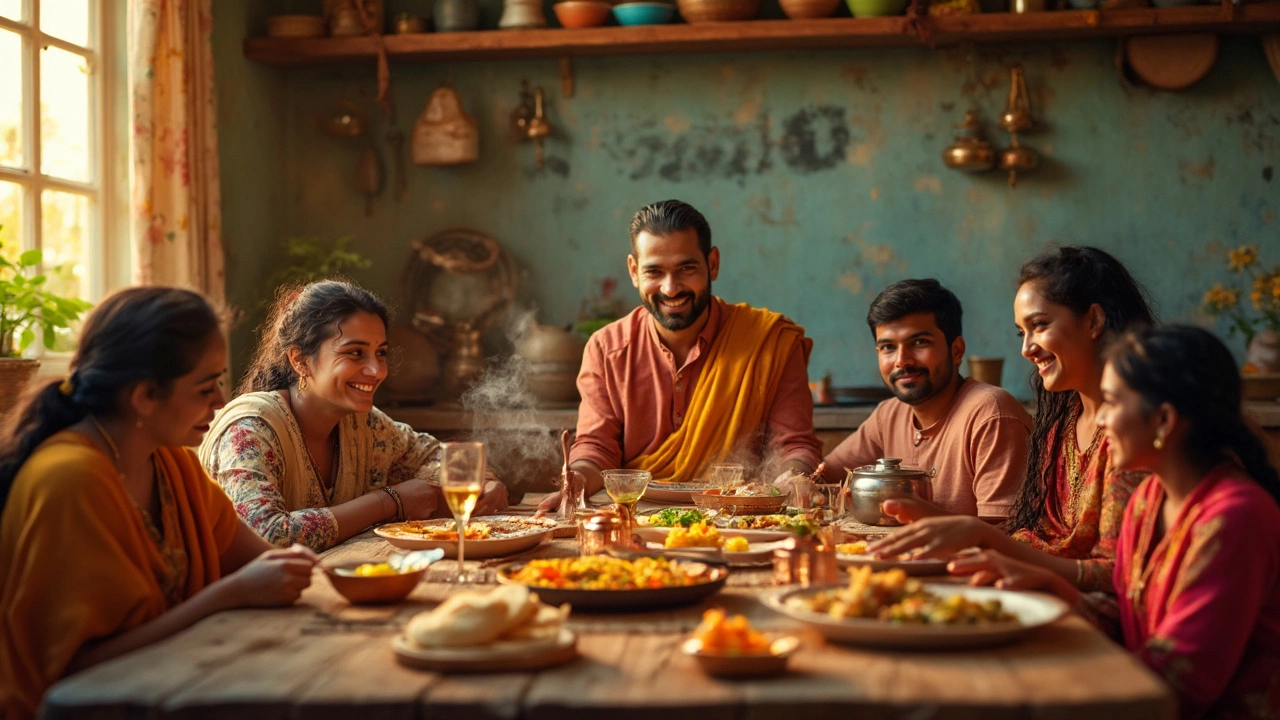Best Indian Food – Top Dishes, Healthier Swaps & Everyday Tips
Indian cuisine is a treasure chest of flavors, from spicy curries to sweet treats. Whether you’re ordering out or cooking in your kitchen, knowing the standout dishes and smart ways to make them lighter can level up your meals. Let’s break down the crowd‑pleasers and give you practical shortcuts that keep the taste big and the calories in check.
Popular Must‑Try Dishes
First up, the classics you’ll see on almost every Indian menu. Biryani tops the list – a fragrant rice dish layered with marinated meat or veggies, nuts, and rich spices. If you’re a beginner, start with a simple chicken biryani recipe; the key is soaking the rice and using a tight‑fitting lid to trap steam.
Next, there’s butter chicken, known for its creamy tomato sauce and melt‑in‑your‑mouth texture. A quick tip: use a blend of yogurt and a splash of milk instead of heavy cream to keep it silky without the extra fat.
For veg lovers, dal is the go‑to comfort food. Lentils cook fast and absorb any spice blend you throw at them. Add a tempering of mustard seeds, curry leaves, and a dash of asafoetida for an authentic kick.
Street food lovers can’t miss chaat – a mix of crisp fried dough, boiled potatoes, chickpeas, tangy tamarind chutney, and fresh herbs. It’s crunchy, sweet, sour, and spicy all at once. You can recreate it at home with ready‑made papdi and a simple yogurt‑mint sauce.
Healthier Swaps and Everyday Secrets
If you’re watching your waistline, try swapping white rice for brown basmati in biryani. The nutty flavor pairs well with the spices, and the extra fiber helps you feel fuller longer.
When making any curry, use a splash of coconut milk instead of full‑fat dairy. Coconut milk adds natural sweetness and balances heat without the heaviness of cream.
Portion control matters, especially with deep‑fried snacks like samosas. Bake them at 200°C for 20‑25 minutes; you’ll get a golden crust and cut the oil by up to 70%.
Don’t forget the power of spices. Turmeric, cumin, and coriander are not just flavor boosters; they have anti‑inflammatory properties. A pinch of each in your daily dishes can boost health without changing taste.
Finally, balance your plate. Pair a protein‑rich curry with a side of fresh cucumber raita or a simple salad of sliced onions, tomatoes, and lemon. The acidity cuts richness and adds a refreshing bite.
Now you have a quick cheat sheet: classic dishes to try, smart swaps to keep things light, and easy tricks to bring restaurant quality to your table. Pull out the spices, fire up the stove, and enjoy the best Indian food without the guesswork.
Best Indian Food for Dinner: Easy Recipes for Flavorful Nights
Indian dinners can be simple, quick, and packed with flavor, making them perfect for both busy weeknights and relaxed weekends. This article breaks down the best Indian foods for dinner, sharing dishes that are tasty, easy to cook, and comforting. You’ll discover classic meals, regional favorites, clever cooking tips, and ways to tailor each dish to your own tastes or dietary needs. Whether you’re new to Indian food or just want to whip up something satisfying without much fuss, you’ll find options that fit your lifestyle. Get ready for practical tips and recipes you’ll actually make.
